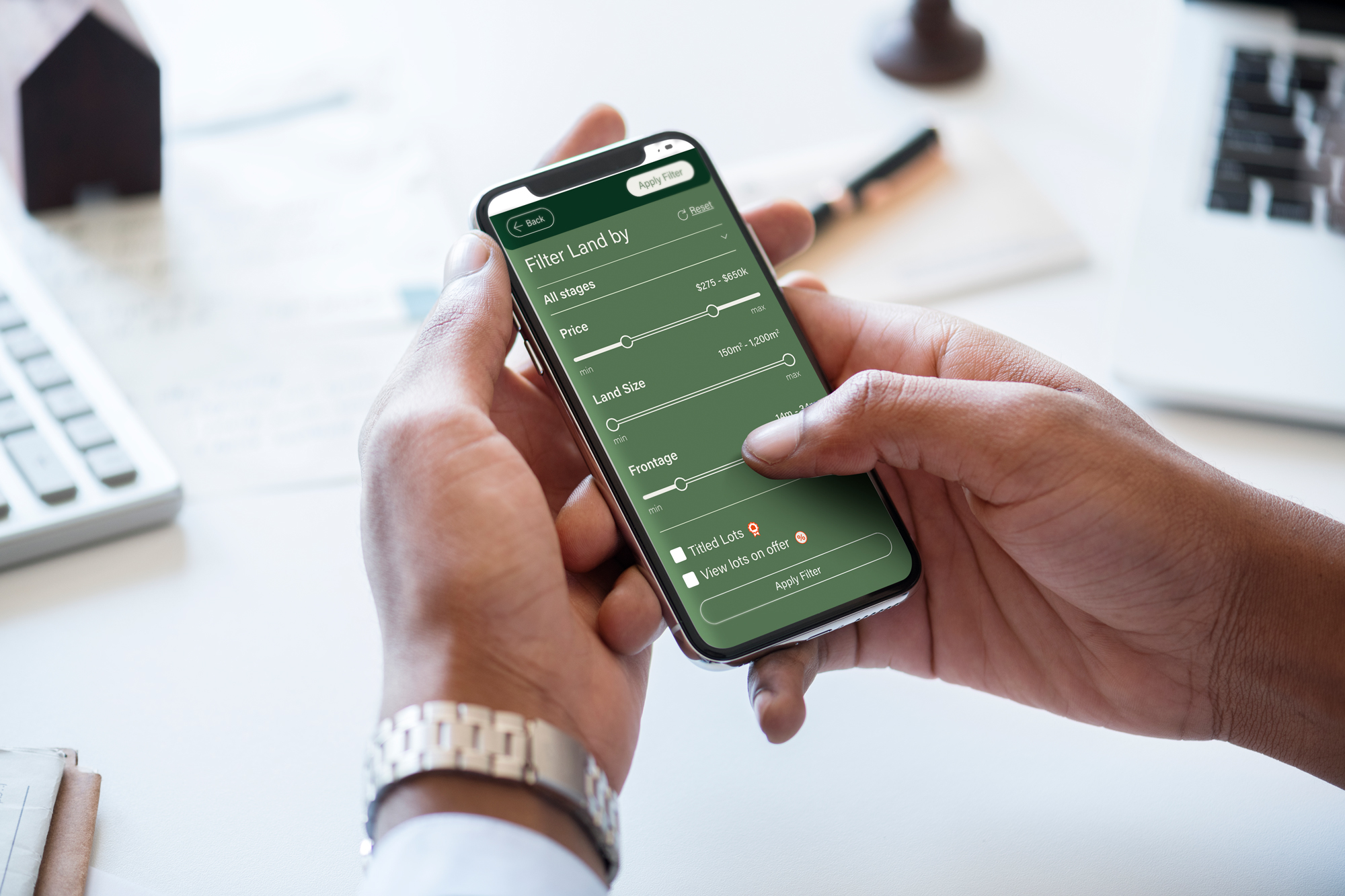Names that sell: how to find the right name for your development

When we’re approached to work on a new development, whether it’s an apartment complex or a large greenfield project, the first item on the agenda is usually to come up with a name. You can’t build a brand without one. Get it right and everything else will come more easily: the design, the copy, and (most importantly) the sales.
The rules
There are a few attributes that we consider non-negotiable. The name must be:
• Memorable.
Easy to pronounce, easy on the eye, hard to forget.
A short name is usually preferable, but not always. Avoid weird letter pairings and pronunciations that could be confusing. The name also needs to look good as a logo, so the shape of the word is also important.
• Unique.
Different to competitor projects but compatible with the location.
It should be impossible to confuse your project with another, so your name must be sufficiently different. But it must also be appropriate: if your competitors’ names are all similar, figure out why and find a new solution.
• Appropriate.
It must have a tone that’s right for your product and audience.
Seems obvious, but a luxury apartment complex in the city would have a completely different name to a lifestyle development in the country. Consider your market, their wants, needs and expectations, your product and its location.
• Appealing.
A name that your primary audience will like.
They might like it because of its meaning, because it has a link to the location, because it has a relevant historical context, because it reflects a feature within the development, because it’s catchy, or simply because it sounds nice.
The process
When searching for a name, we follow three steps:
STEP 1
Define the style. The brief should guide you towards the style of name you’re looking for: youthful or traditional, exotic or familiar, feminine or masculine, urban or rural, etc. This makes it easier to dismiss names that aren’t right and include names that are.
The style will be informed by:
• The product (apartments, lot sizes, townhomes, proximity to amenities, cost, etc).
• The target market (first home buyers, upsizers, downsizers, investors, empty nesters)
• The competition (names, positionings, design styles, product mixes, etc)
STEP 2
Look for an advantage. Knowing the style, you can explore whether a name might be found within a natural advantage offered by your project. Leveraging an advantage – if one exists – adds a level of meaning that will help bring the project to life.
These areas are always worth exploring:
• Geography. Does your project have a natural feature that will appeal to buyers?
• History. Is there something about the project’s history that will resonate?
• Location. Is there something about the project’s position that has appeal?
STEP 3
Consider the marketing. The name is just the beginning. It will become a logo, which will appear on everything from the sales office to a website, brochures and emails – all of which will need headlines and copy to promote and sell the development.
The final stage is to identify names that will inspire the marketing:
Design. A name that readily lends itself to graphic interpretation.
Positioning. A name that inspires a theme to help sell the project’s benefits.
The result
The right name won’t just appeal to the right buyers – it will be a pleasure to work with, inspiring the designers, copywriters and sales agents responsible for creating, building and selling the brand. With a great name, your project is destined for great success.
Need a helping hand with placemaking or naming for your property development or commercial project? We can help with that and SO much more! Give us a bell on +61 3 8456 7519 or contact us here.


